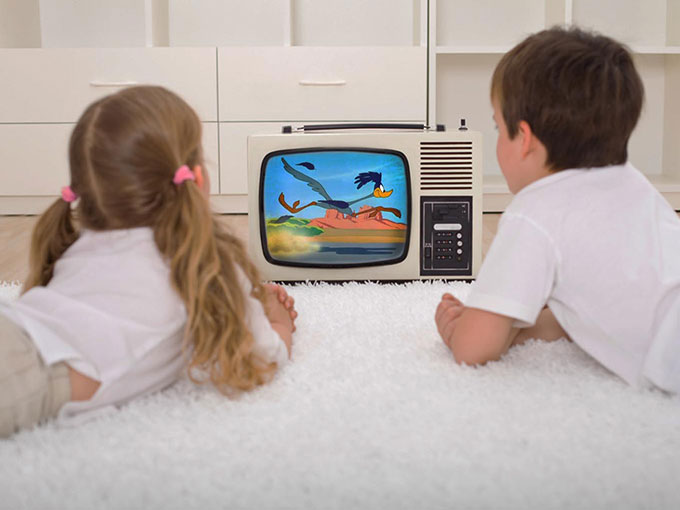A recent study, published in the Journal of Children and Media, looked at the current landscape of US kids TV and found that a whopping 65% of today’s kids content included fantastical events—from the physically impossible (walking through walls) to the more magical (dragons, mermaids and wizards, oh my). But what does that mean for kids longer-term development?
Researchers behind the paper argued the long-term effects of fantasy elements in children’s television need to be studied as closely as those related to violent or educational content. Meta-analysis found that fantasy elements have a negative effect on young kids’ executive functions (an umbrella term for cognitive skills, including shifting between tasks, updating and working memory, and inhibition) because preschoolers still struggle to differentiate between what is real and imaginary.
In addition to negatively affecting executive functions, the study found that fantasy elements may prevent young kids from understanding how TV content can be applied to the real world. While six year-olds were able to distinguish between real and fantastical events in cartoons, four-year-olds who watched the same content claimed that realistic events from the shows could not happen in the real world, such as a car driving down the street or a phone ringing in the home. This happens, the study found, because kids understand fantastical elements aren’t real, so they have a hard time transferring anything from the TV screen to the real world.
Anthropomorphism specifically, was found in 75% of shows. Animals that talk and wear clothes, for example, were found to boost children’s factual learning in educational science television, but it’s possible that anthropomorphic characters in kids content could also have negative effects. Kids were less likely to share their stickers after watching a story featuring anthropomorphic characters compared to the same story featuring human characters. According to the study, more research is needed to fully understand whether kids can easily apply the concept of personhood to an animal or object, or if anthropomorphism is actually creating confusion for the younger set.
Prosocial content
Like fantasy elements, the study found that prosocial content (shows focused on voluntary behavior that has the intention of benefiting others, like helping, sharing or comforting) appears frequently in children’s television.
On cable networks like Disney and Nickelodeon, these positive acts occur four times per hour. Animated Disney films, meanwhile, boast one thoughtful or helpful act per minute. Watching this kind of media is positively associated with empathic concern (and negatively associated with aggression). Kids who watched a prosocial scene from the Disney film Cars, for example, were more helpful to a friend than kids who watched a neutral scene from the same film.
Despite the prevalence of prosocial content in kids shows, the study found its short- and long-term effects require further research.
Violent content
Violent content and its effect on children, meanwhile, has been extensively studied by experts for years. But researchers and parents alike can breathe a sigh of relief, because little-to-no violent content was found in 64% of the shows examined by the study. Of the networks included in the study, PBS and Disney had the fewest instances of violence.
When kids shows do include violence, though, the content is linked to increases in both short- and long-term aggressive behavior in children. Kids who watched more violent television between the ages of six and nine, for example, were found to exhibit higher levels of aggression 15 years later.
In fact, even a single exposure to violent television can elicit an aggressive response from a child. In addition to physical violence, the study also found that viewing relational aggression (like spreading rumors or excluding peers) on television can elicit similar behavior from kids. Meta-analysis found relational aggression is common in television, and predicts both higher physical and relational violence in children. Children who were encouraged to reduce their overall media consumption over a six-month period, however, improved on peer-assessed aggressive behavior.
The study collected data on 88 popular kids television shows using a combination of Common Sense Media and laboratory ratings applied to two randomly selected episodes of each show. It was conducted in the US and used Nielsen ratings and parent records to generate the list of popular kids shows. The majority (70%) of shows were animated, with the remainder divided between live action (22%) and hybrid (8%) series. PBS, Nickelodeon and Disney hosted the highest number of popular shows selected for the study.























